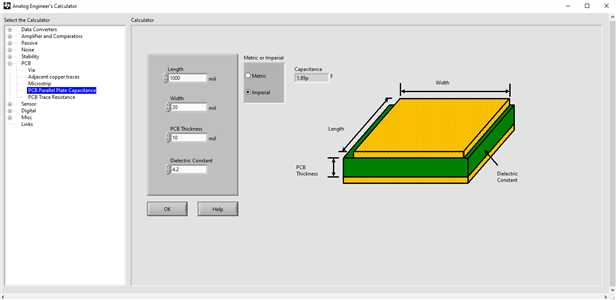Hi,
I am designing a digitizer board which will have 8 ADS1261. I am going to use one ASV-7.3728MHZ-EJ-T crystal clock oscillator as external clock to all of 8 ADS1261, but I didn't find the CLKIN pin input capacitance in the datasheet to certify that the ASV-7.3728MHZ-EJ-T will be able to drive the 8 CLKIN pins.
I would like a confirmation that this crystal clock oscillator PN will be OK for this application.
Thanks in advance,
Jorge


